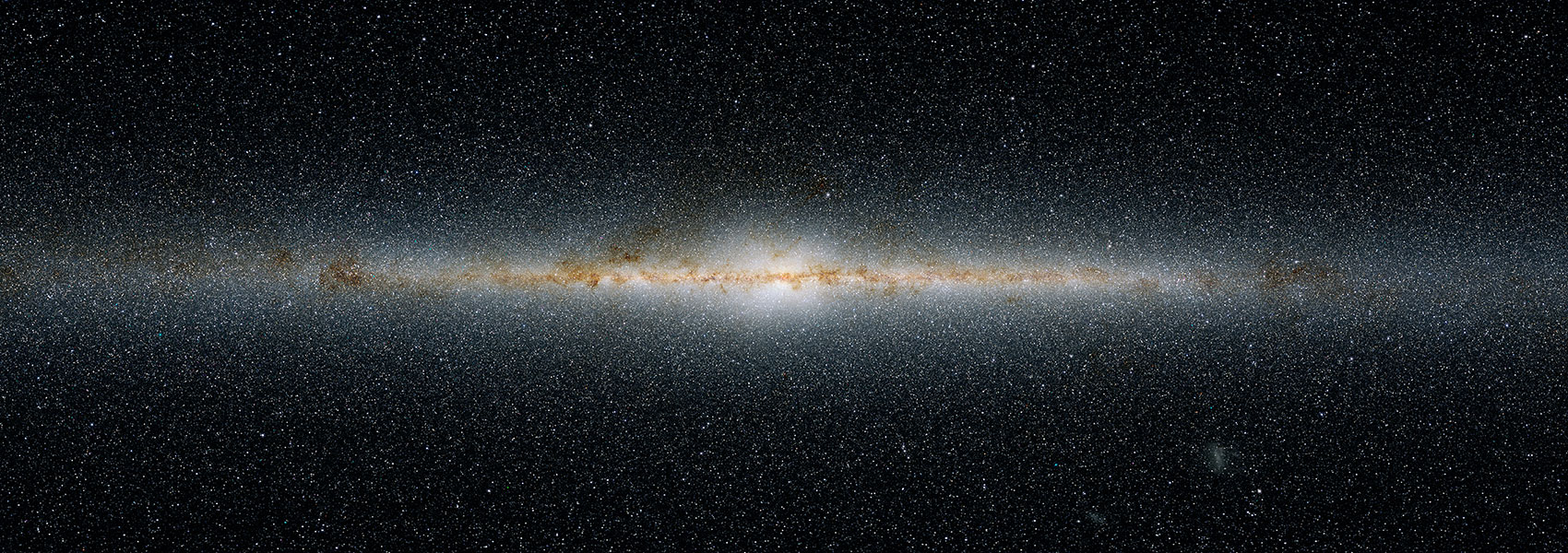October
2015
•
2015ApJ...811..122W
Authors
•
Wong, Ian
•
Knutson, Heather A.
•
Lewis, Nikole K.
•
Kataria, Tiffany
•
Burrows, Adam
•
Fortney, Jonathan J.
•
Schwartz, Joel
•
Agol, Eric
•
Cowan, Nicolas B.
•
Deming, Drake
•
Désert, Jean-Michel
•
Fulton, Benjamin J.
•
Howard, Andrew W.
•
Langton, Jonathan
•
Laughlin, Gregory
•
Showman, Adam P.
•
Todorov, Kamen
Abstract
•
We present full-orbit phase curve observations of the eccentric (e ∼ 0.08) transiting hot Jupiter WASP-14b obtained in the 3.6 and 4.5 μm bands using the Spitzer Space Telescope. We use two different methods for removing the intrapixel sensitivity effect and compare their efficacy in decoupling the instrumental noise. Our measured secondary eclipse depths of 0.1882% ± 0.0048% and 0.2247% ± 0.0086% at 3.6 and 4.5 μm, respectively, are both consistent with a blackbody temperature of 2402 ± 35 K. We place a 2σ upper limit on the nightside flux at 3.6 μm and find it to be 9% ± 1% of the dayside flux, corresponding to a brightness temperature of 1079 K. At 4.5 μm, the minimum planet flux is 30% ± 5% of the maximum flux, corresponding to a brightness temperature of 1380 ± 65 K. We compare our measured phase curves to the predictions of one-dimensional radiative transfer and three-dimensional general circulation models. We find that WASP-14b’s measured dayside emission is consistent with a model atmosphere with equilibrium chemistry and a moderate temperature inversion. These same models tend to overpredict the nightside emission at 3.6 μm, while underpredicting the nightside emission at 4.5 μm. We propose that this discrepancy might be explained by an enhanced global C/O ratio. In addition, we find that the phase curves of WASP-14b (7.8 MJup) are consistent with a much lower albedo than those of other Jovian mass planets with thermal phase curve measurements, suggesting that it may be emitting detectable heat from the deep atmosphere or interior processes.
Links




